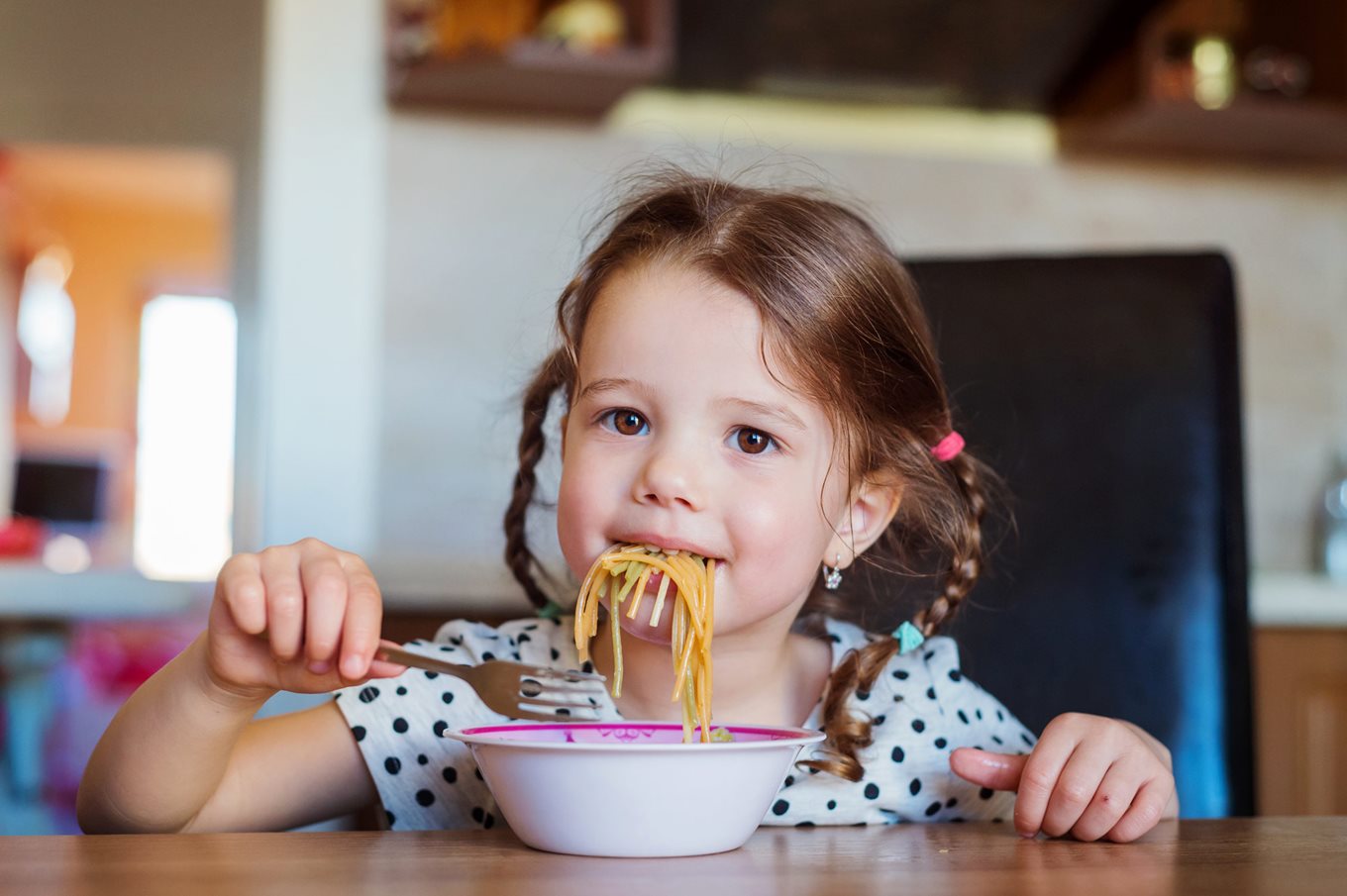Children's portion sizes

As parents we all want to make sure that children are getting the right amount of nutritious food to help them to grow, learn and play.
Children’s appetites vary from day to day. They depend on the child’s age, whether they are going through a growth spurt and how physically active they are. The best thing to remember is small tummies need small servings of nutritious food to create healthy habits that last a lifetime.
In the videos below dietitian Sarah Keogh shows how much food you should give adults and children of different ages for breakfast, lunch, dinner and snacks.
1. Start the day with a good breakfast
It’s important that children have a breakfast in the morning. Wheat biscuits or flaked cereals are good choices with milk and a piece of fruit. In the video Sarah shows us what to give to a child aged 1-2, 3-4 and older kids.
2. Lunch can boost your child’s nutrient intake
Lunchtime is a chance to get those important nutrients in to fuel your child for the rest of the day. Healthy food in the right amounts will give them energy and help them concentrate throughout the afternoon. Watch the video for examples of how much lunch to serve to your kids.
3. Encourage healthy habits at the dinner table
Our evening meal is a great time for the family to sit down and enjoy a meal together, and you’ll feel better knowing everyone is eating the right amount of food for them. Family mealtimes also allow you to lead the way, when your child sees you eating lots of different foods, they are more likely to do the same.
4. Snacks are important
Snacks are a very important part of the diet for young growing children and most children are going to need two to three healthy snacks every day. Small snacks can provide the energy they need to keep them going between meals. On the other hand, if you have a fussy eater, one reason could be that they're having too many snacks, or their snacks are too big. Avoid relying on ready-made or processed bars and snacks as they can be very high in sugar. It is best to choose unprocessed snacks. In this video Sarah shares lots of healthy snack ideas for children of different age groups.
Here are some more ideas for healthy snacks.
5. Start with your plate
If you are getting confused about portion sizes, a good place to start is the size of your plate. An adult’s plate should roughly be the size of your outstretched hand, and a child’s plate should be half that. And younger children find it easier to feed themselves if they use child-sized cutlery.
6. Make sure they eat a variety of foods
Children should get a variety of foods over the course of day. Roughly:
- One third of fruit and veg
- One third of starchy foods like bread and potatoes
- One third of dairy (milk, cheese and yogurt) and protein (meat and fish).




